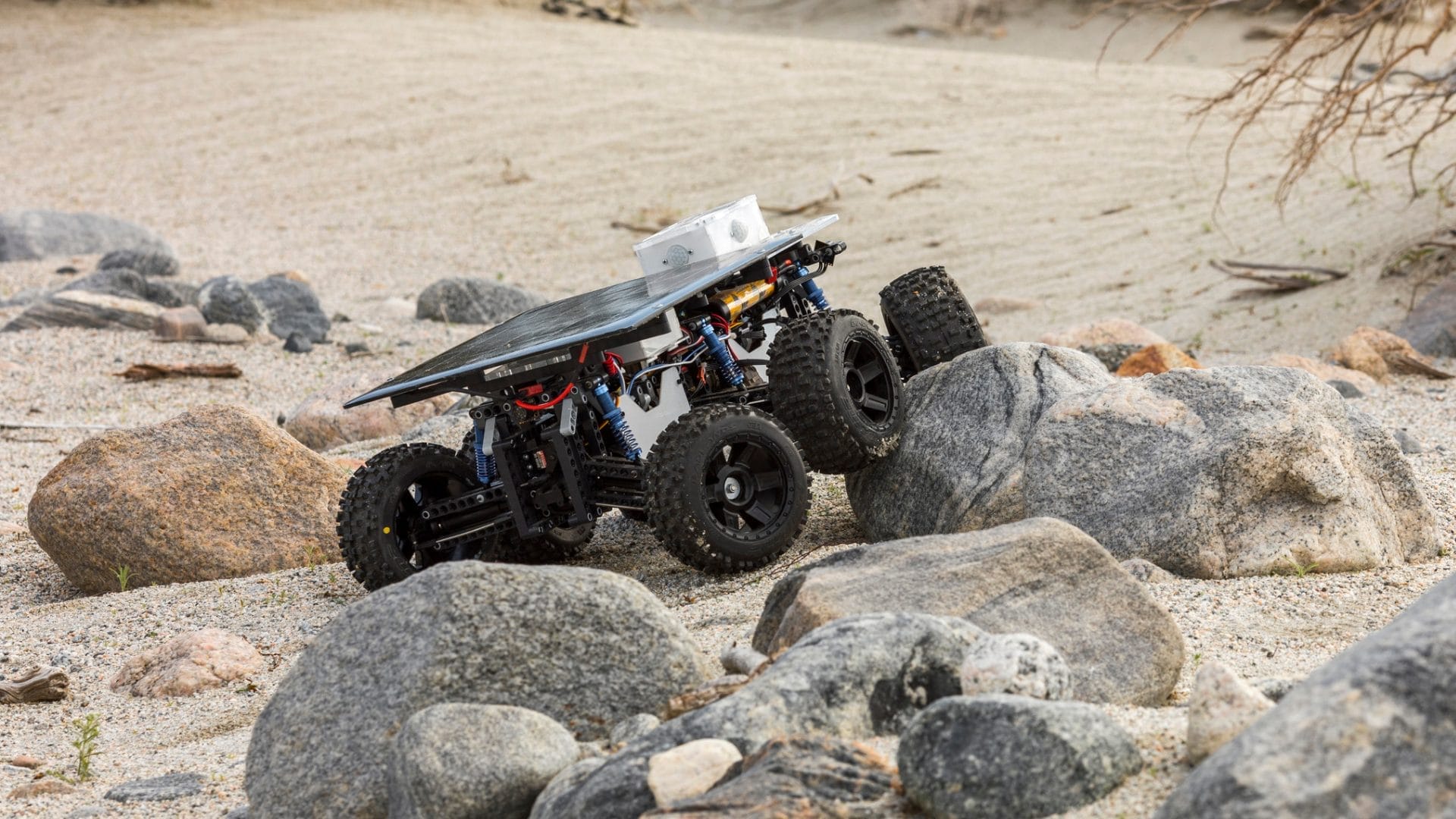
Nestor Siré, CubaCreativa [PC Gamer], “TOKAS Creator-in-Residence 2024,” Tokyo Arts and Space Hongo
“CUBACREATIVA [PC GAMER]” by Nestor Siré, curated by TOKAS, at Tokyo Arts and Space Hongo, Tokyo, 29/06/2024 – 04/08/2024.
As part of the CubaCreativa project [2014- ]. Creativity, that intrinsic faculty of the human being, manifests itself in the ability to improvise solutions to challenges. This creativity is not circumscribed to specialized environments; it is a spontaneous response to the practical needs of the moment, using available resources ingeniously to redefine their original purpose and generate new functionalities. The “CubaCreativa” series, made by the artist since 2014, focuses on the innovation that emerges as a response to unmet basic needs, socioeconomic limitations, and scarcity of resources. This is achieved by modifying, recombining, adapting, adjusting, transforming, or adapting available materials. As part of this series, Siré has developed the “PC Gamer” subseries, which focuses on the creativity of the gamer community. Gamers often look for ways to enhance their gaming experience, sometimes involving building their computers with unconventional materials due to precarious access to technologies. “iA [Informal Archive]” is an archive documenting practices and concepts associated with creativity that the artist has collected during his research process. This archive contains images and videos showing computer chassis constructed from plastic knobs, cardboard paper, wet floor warning signs, and even automobile wheels. These unique designs combine functionality, customization, and economy, demonstrating the ability to innovate and adapt to specific needs. Starting from a hack developed in these gamer communities, Siré built a series of transparent screenshots where videos of the hacks that these communities generate are shared. The exhibition explores not only expressions of technological creativity but also reflects resilient and adaptive cultural practices from different parts of the world. From the “Gambiarra” in Brazil to the “Jugaad” in India, the “DIY” of the English-speaking world and the Japanese concepts “Chindōgū” and “Urawaza”, each represents an approach based on ingenuity and adaptability. “PC Gamer [GOMA], the centerpiece of the exhibition, emerges as a result of the artist’s experimentation with Chindōgū and its connections to maker philosophies and gaming communities in Latin America. The artist created a modular design to optimize this PC Gamer GOMA through multidisciplinary collaboration in a joint effort with two communities of makers: Tokyo Hackerspace and Copincha in Havana. As part of the optimization process, the “Do it Yourself _Kit PC Gamer [GOMA]” emerges, which includes a set of 3D parts and a manual with detailed instructions so that visitors can build their version of a PC Gamer without the need for a high level of technical knowledge. This modular design allows to adapt to different tire dimensions and hardware parts that each user has at their disposal. To acquire it, viewers participated in a special version of “Ichiban Kuji”, a common lottery system in Japan for exclusive products of anime and other popular characters. Through this interactive action, the artist represents in the exhibition the context of Akihabara in Tokyo, known for being the area with hundreds of technology stores and second-hand parts workshops, as well as being the epicenter of otaku communities in Japan. This manual is also shared through a repository on GitHub, along with the 3D models of free use for the entire gamer and maker community globally. In turn, the exhibition presents four NFTs of hyper-realistic 3D models based on real computers, created and fabricated by gamers, using repurposed materials and technologies and DIY techniques. The art-technology intersection in Siré’s work highlights the universality of creativity and celebrates the diversity of approaches and solutions to common, yet different problems. CubaCreativa [PC Gamer] highlights technology as a catalyst for collective creativity and a bridge to the community through collaboration, knowledge sharing, and resilience.






fakewhale
Founded in 2021, Fakewhale advocates the digital art market's evolution. Viewing NFT technology as a container for art, and leveraging the expansive scope of digital culture, Fakewhale strives to shape a new ecosystem in which art and technology become the starting point, rather than the final destination.
You may also like
MinOhrichar, Kahee Jeong, Dead Spot at Caption Seoul, Seoul
Dead Spotby MinOhrichar and Kahee Jeong, curated by Hyein Kim and Keunchan Yoo, at Caption Seoul, Se
Fakewhale in dialogue with Norma Jeane
Recently, we engaged in an ongoing dialogue with Norma Jeane and found ourselves captivated by the i
Pauline Cordier, Holding Time at Andata Ritorno – Laboratoire d’Art Contemporain, Geneva
Holding Time by Pauline Cordier, at Andata Ritorno – Laboratoire d’Art Contemporain, Gen




